The Hummingbird is a fascinating creature. They beat their wings an average of 50 times per second. Hummingbird’s get their name from the fact that a humming sound is generated from their wings beating.
A number of Hummingbirds have adopted our cabin and the hanging plants around it as their home. Thanks to my brother (Roger) and sister-in-law (Lynette) we have added feeders for the hummingbirds. Linda keeps the feeder fresh. The Hummingbirds love the Red Petunias in the hanging planters. They act as their principle source of nectar. The feeders act as a supplemental food source.
The Hummingbirds at our house have likely flown from Mexico to spend the summer with us. Hummingbirds live in the wild about 3-5 years.
A decided to spend spend some time in the late afternoon sitting under a tree and watch and photograph the birds. Below are some images I was able to capture.
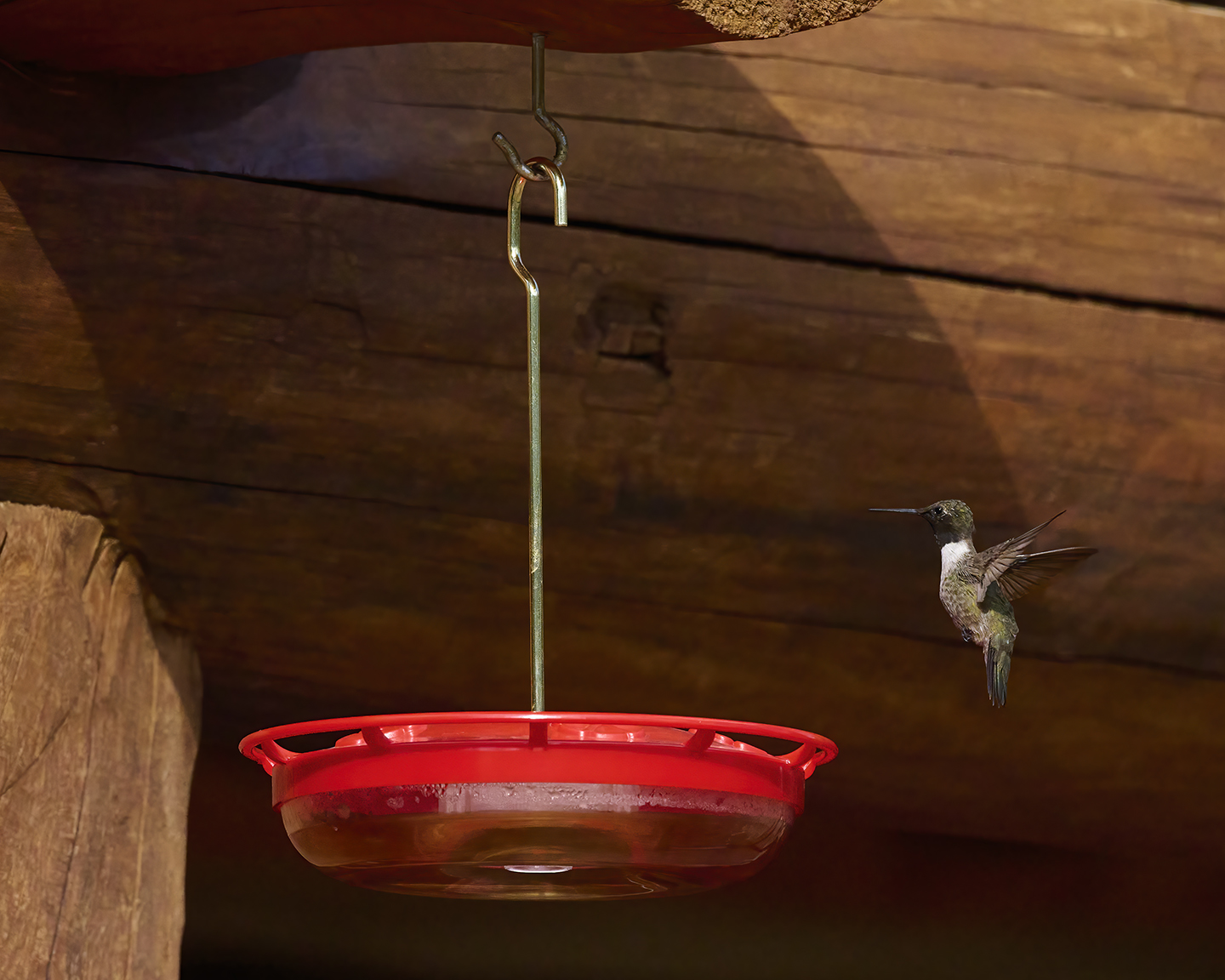
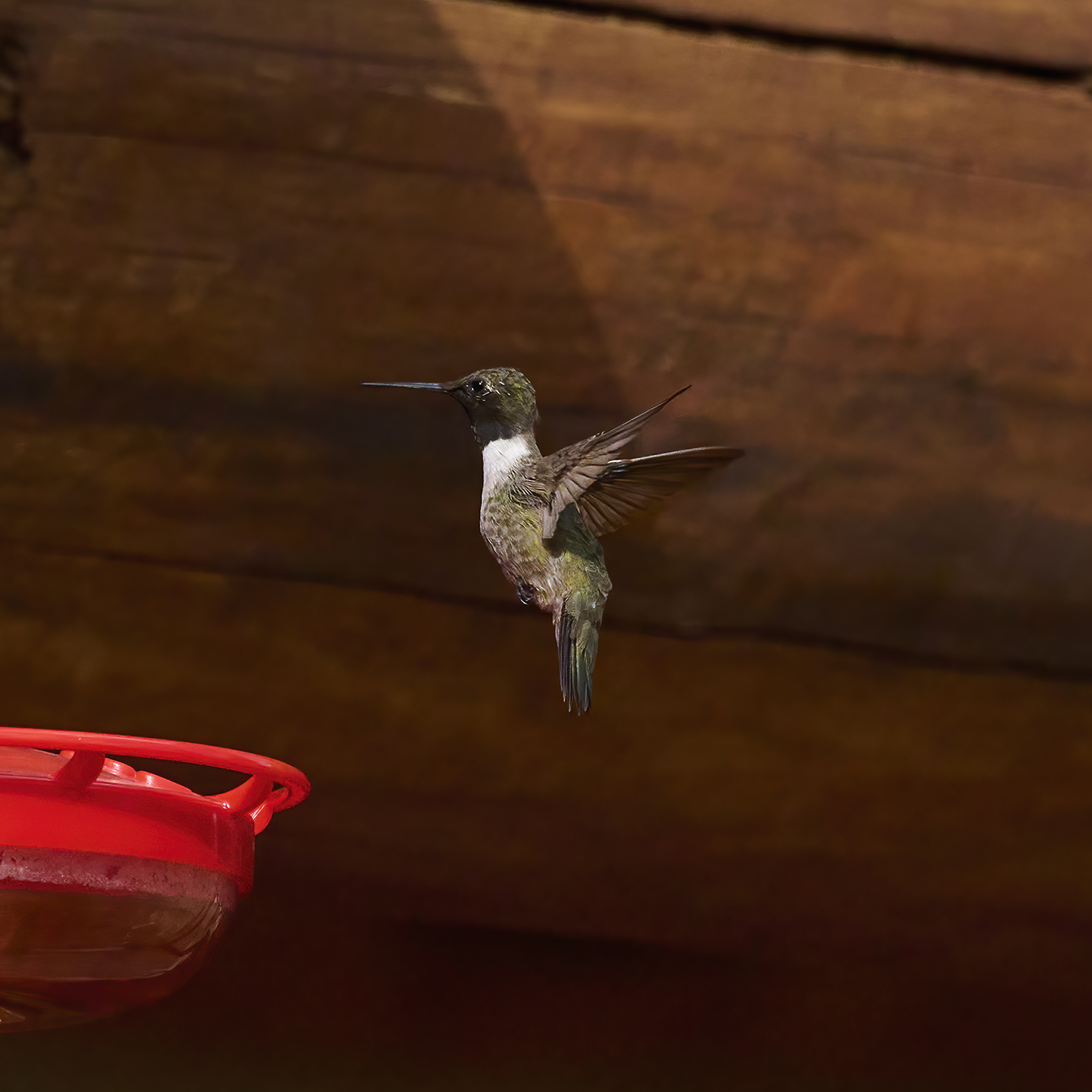
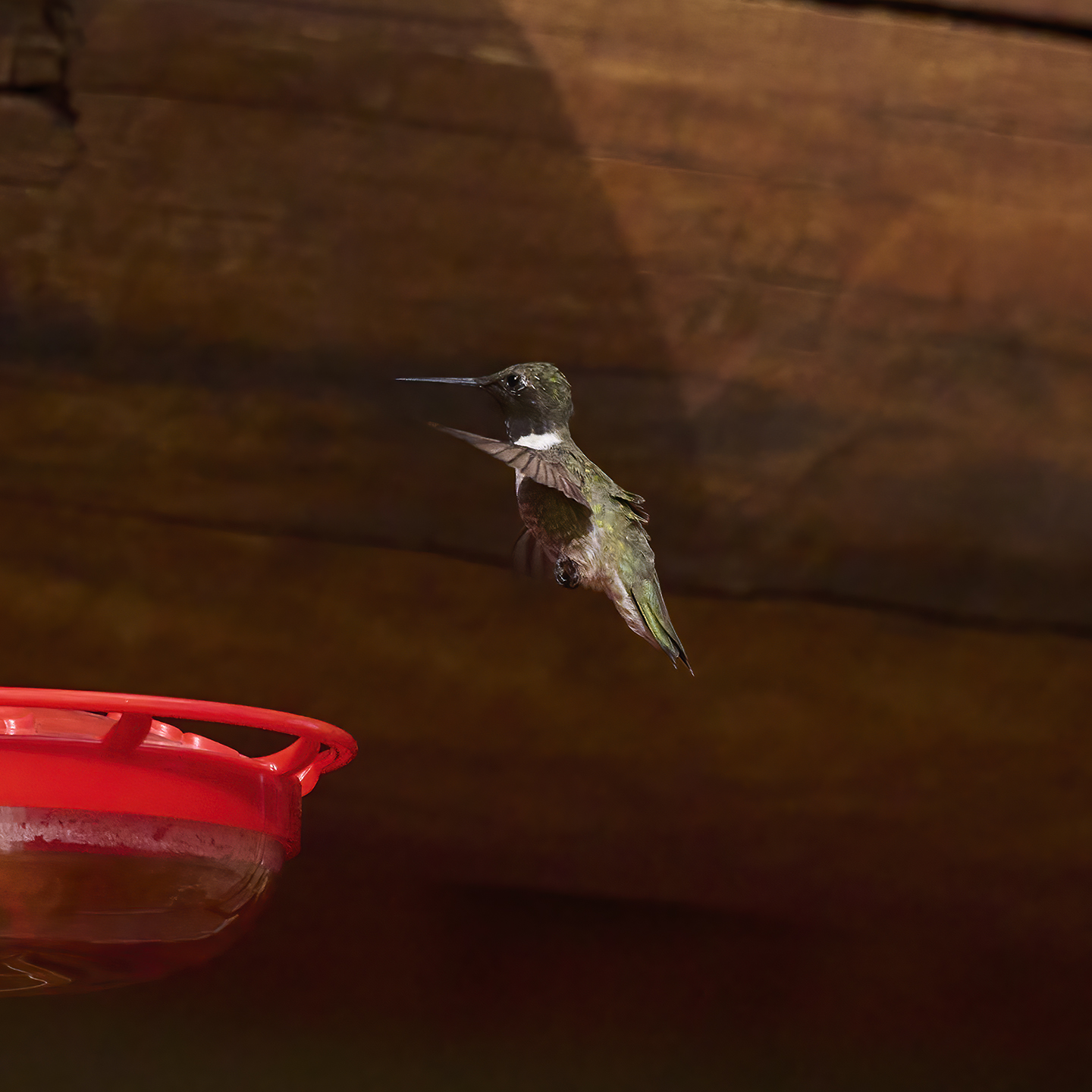

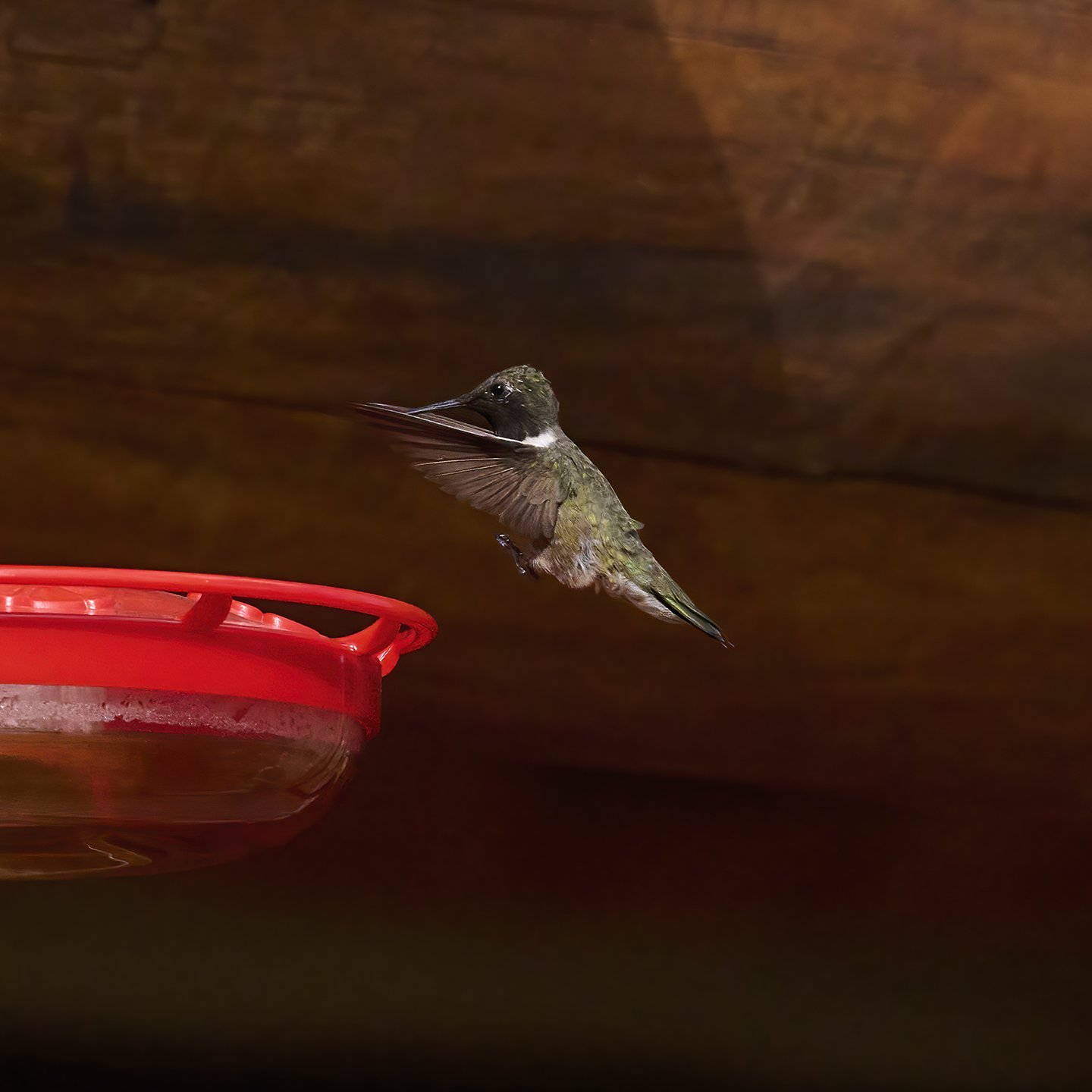
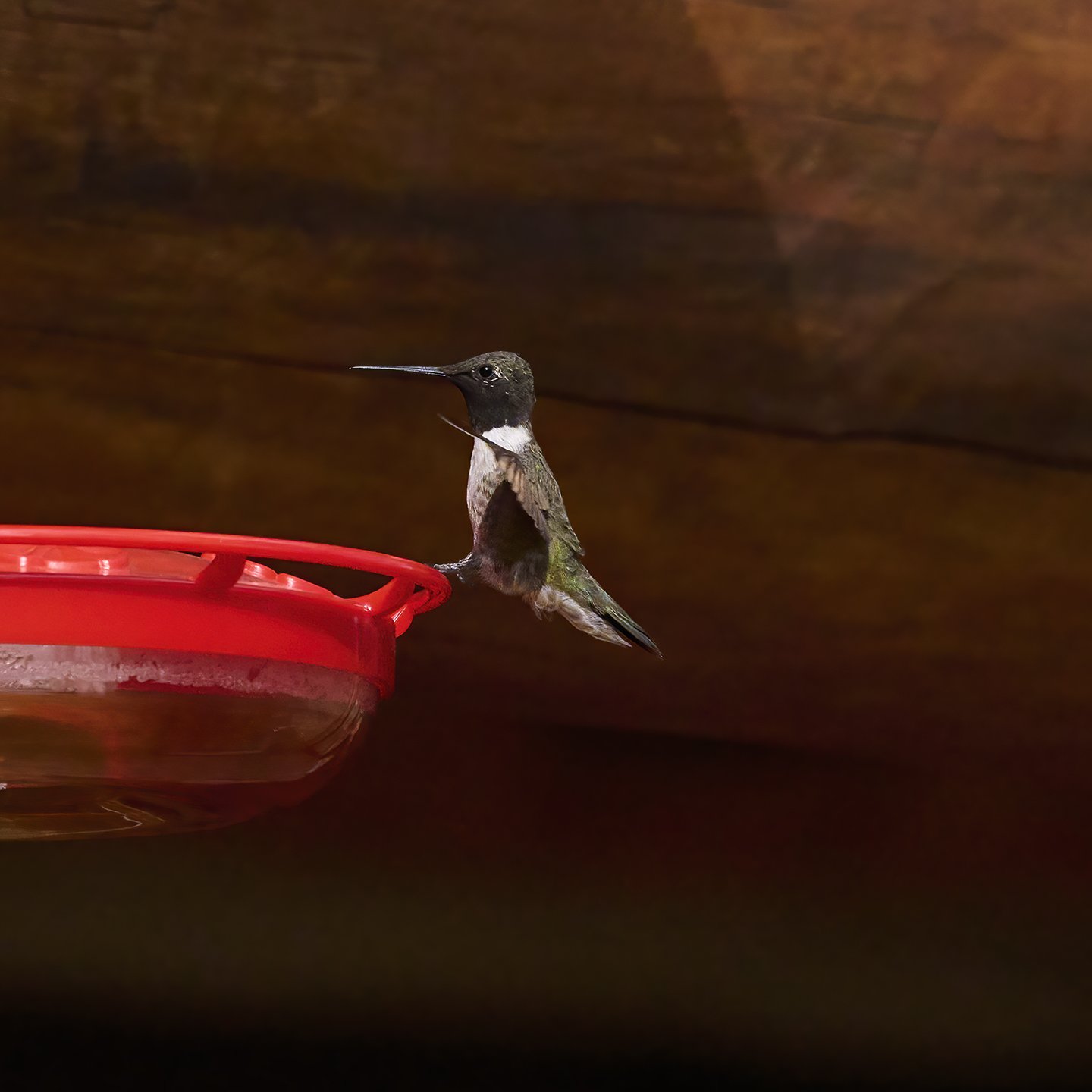
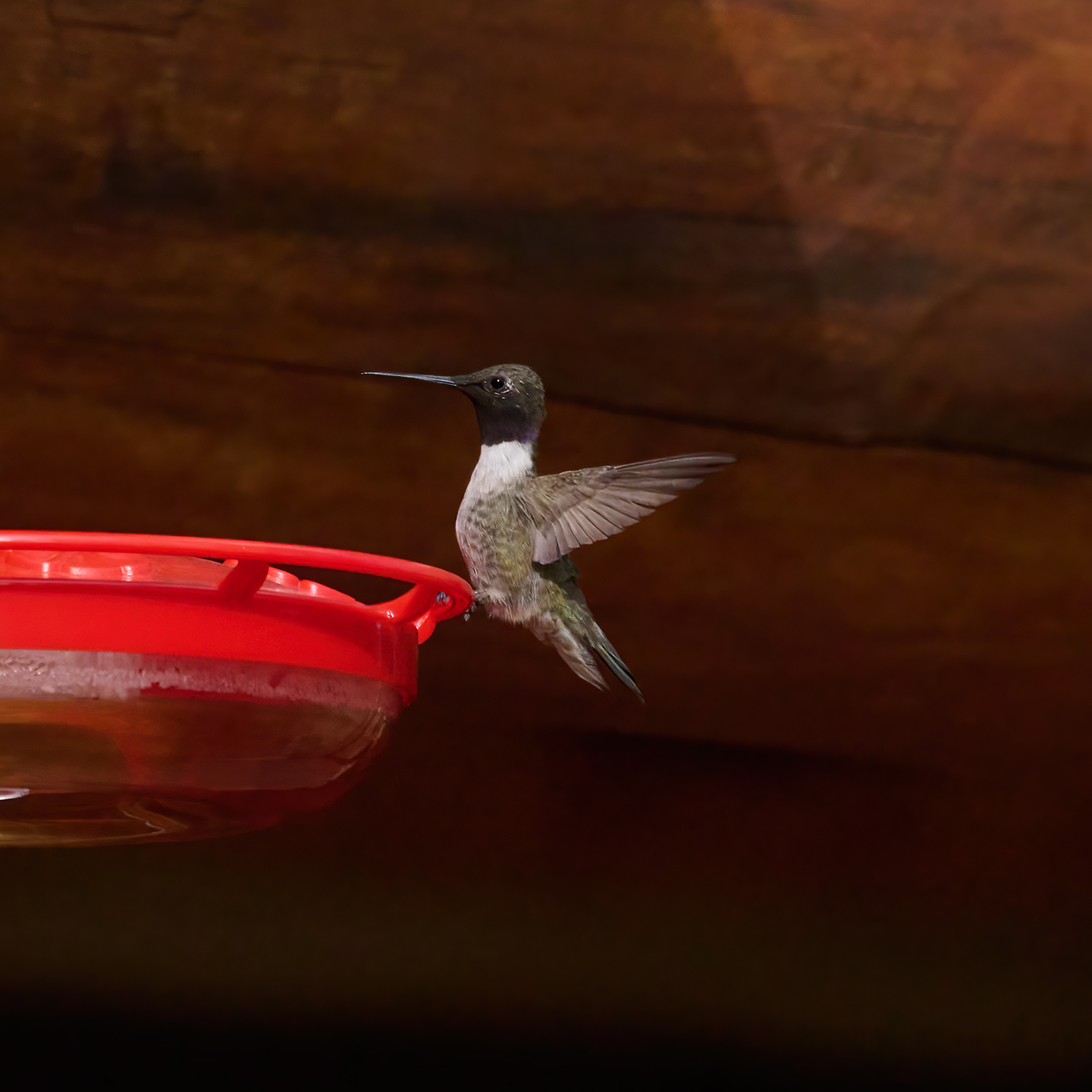

**** Jeff’s Thoughts and Other Worthless Trivia ****
The Hummingbirds are fast, really fast. They are (on average) 2.5 inches in size and travel at 60-61 MPH.
While I can photograph them with a Tri-pod and a remote trigger, I do not find the approach all that intriguing.
On this shoot, I decide to sit under a big tree about 54 feet in distance from the feeder hanging on the cabin deck. Hummingbirds are very aware of their surroundings – so I hope my presence is somewhat mitigated.
I photograph the birds with the Nikon Z9 Camera and the Nikon Z9 800MM lens. I photograph the birds hand-held with Auto-focus ON and set to three dimensional tracking. I adjust all other settings manually. I do use my knees (at times) to steady the camera and lens.
I determine that in order to capture the birds in-flight with any type of good resolution I set the shutter speed to 1/10,000 of a second. Settings of 1/4000 to 1/6400 are not yielding an acceptable result. I want depth of field with the image I so I try to photograph in the middle area of the lens’ aperture range (f8 – f11). I want the image captured 1 or 2 stops down from dead center on the exposure compensation (-.3 to -.7). These choices mean I need the ISO speed rating to be about 4000 to 10000. I settle on 6400 for most of the images captured. These settings are materially different than if I was shooting on a large Tri-pod with a remote sensor.
Given this is my first try at photographing these birds and this camera and lens, I am pleased with results.
Below is a photo (from Nikon) of the Nikon Z9 and Z800MM lens.
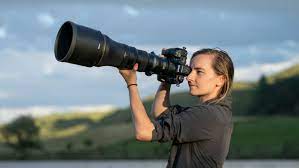
These are beautiful photos Jeff. You should print them!
Thanks Nette.
I plan of conducting a number of shoots over the next few weeks.